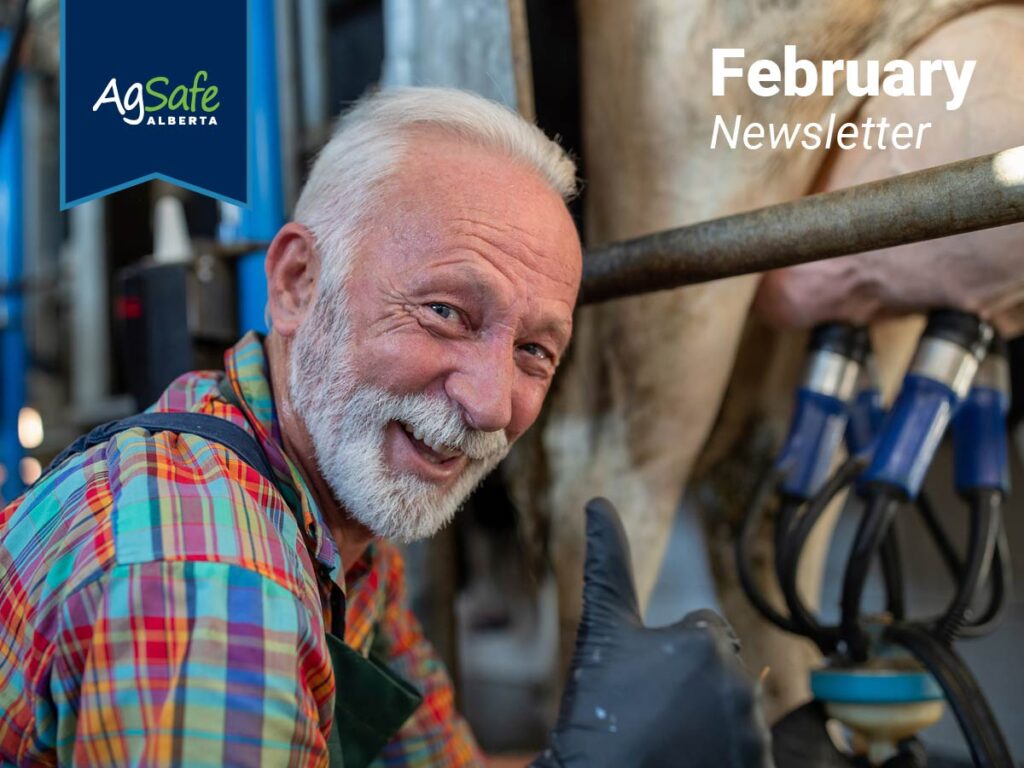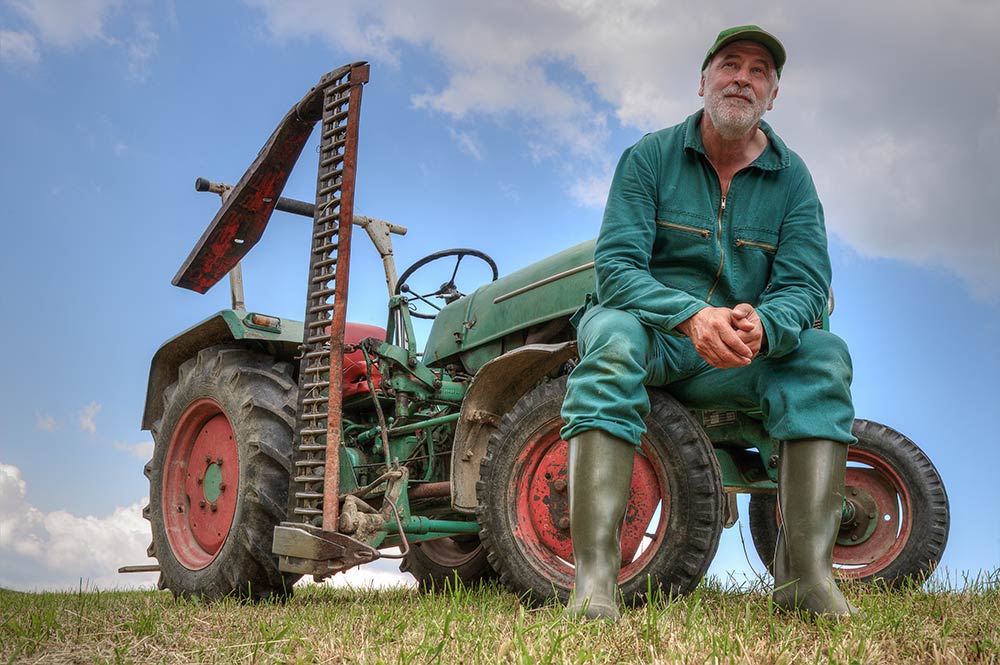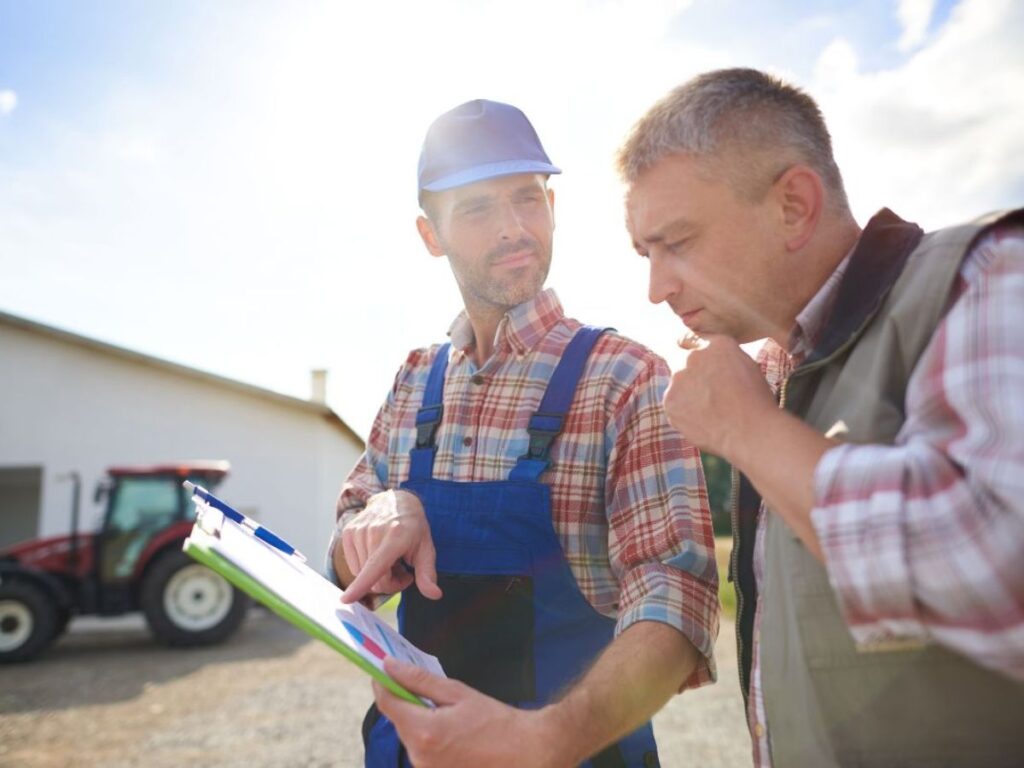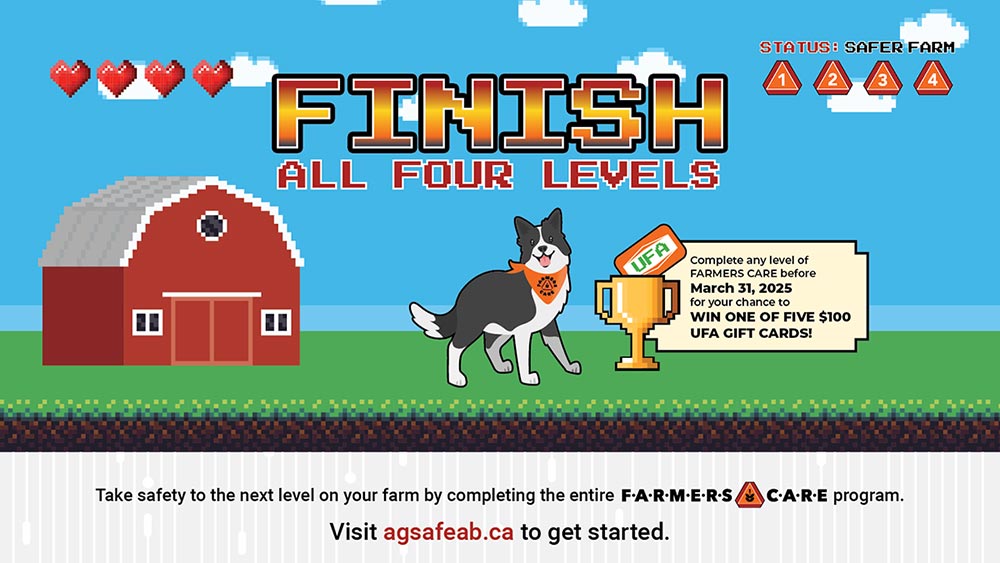
New Medical Examiner’s Office Report Reveals 75% of Farm Fatalities Were 55+

Once again, statistics show that older Alberta farmers are at the highest risk of dying in farm incidents.
Of the 2023 deaths reported and made available to us by the Alberta Medical Examiner’s Office, 75% of farm fatalities recorded were over the age of 55. We do our best to get the message out there, and are asking you to help where you can:
- Have conversations around safety on the farm regularly. This can be done at the breakfast table, in the lunchroom, and most importantly, before starting a job.
- Do simple things to make your farm safer, such as:
- Having a working alone plan and following it.
- Don’t work alone when performing a high-risk task.
- Ensure tools and equipment are maintained.
- Ensure guards are in place and in good condition.
- Cull aggressive animals before something happens.
- Complete the FARMERS CARE Program and use what you learn on the farm.
If you find yourself talking to a farmer you know in this risk group, things to keep in mind are:
- Be empathetic and flexible in your approach. Some people will need time to process what you say, especially much older farmers.
Conversations can include highlighting the benefits of farm safety, ensuring that the person you are talking to will have more time to do the things they enjoy (such as farming) and spend more time with the people they care about. They can also avoid the pain of an injury, the frustration of not being able to help when it is needed, or, worse, not being able to farm ever again.
- Not everyone may be able to use the Internet, computers, tablets, or smartphones well enough to access information. When you are at agricultural trade shows, stop by the AgSafe Alberta booth to pick up some print materials that you can leave with them, such as our FARMERS CARE booklet or stickers (these items are also available for order from the AgSafe Alberta Store). You can also download and print newsletters, toolbox talks, safety bulletins, and safety aids for them.
- If the person is good with technology, see if they would take the FARMERS CARE Program. You can do it together or just talk about it. FARMERS CARE introduces some agricultural safety fundamentals, and for every level completed before March 31, 2025, your name will be entered to win one of five $100 UFA gift cards.

If you have farm-specific health and safety questions or require support relating to health and safety on your farm, please contact AgSafe Alberta at info@agsafeab.ca.
You may be eligible for onsite farm visits and up to 10 hours of advisor support at no cost!
Why Even Family Farms Should Be Performing Work Area Inspections

What do you think is easier? Noticing and fixing an issue before something goes wrong, or living & dealing with the consequences of something serious?
What is a work area inspection?
A work area inspection is a systematic process designed to identify potential hazards and existing hazards that are present or could develop in a work area; this includes the building, the tools and equipment used, etc., to ensure they are safe and that there are no issues.
It is also important to keep in mind that this type of inspection focuses on human safety rather than livestock or food safety.
What is the goal of work area inspections?
The primary goal is to prevent incidents, injuries, and illnesses by identifying and correcting issues before they can cause harm. Other benefits can include preventing downtime, keeping insurance costs down, and meeting industry group requirements.
I work on my farm every day and fix things when I see a problem. Why should I perform work area inspections?
If this is the case, we are thrilled to hear it… however, there are still reasons to perform work area inspections, such as:
- We become blind to the risks we face every day. This is called risk blindness, and you can read more about it on page 31 of the Alberta FarmSafe Plan Manual.
- Unless we are intentionally looking at certain things, we will not see them accurately. This has to do with how our brains work, specifically what neuroscientists call predictive processing and perceptual hierarchy. Predictive processing is where our brains make “best guesses” and fill in gaps for us. Perceptual hierarchy explains why we miss things in our sensory field (including visual field). We don’t need to get into the science behind this, but we need to recognize that we can look at things (especially in passing) and not see something that might be obviously wrong. If there is not some intentionality behind what we are looking at and why we are looking at it, there is a lot we can end up missing.
Why should other people be involved in performing work area inspections?
Having only one person perform work area inspections is problematic for the following reasons:
- Complacency can occur. Complacency is an attitude where someone becomes so comfortable with a condition or situation that they stop looking for potential hazards.
- Risk blindness, predictive processing, and perceptual hierarchy can become factors.
- Everyone sees things differently, which is a good thing! Someone who is not familiar with your barn will likely result in them asking a lot of questions, and as you answer, you may be surprised at what comes to your attention.
- Some people have more expertise in certain areas than others. For example, if your county sends members of the fire department out to help residents and businesses identify fire risks, you can invite them to perform an inspection with you.
I am the only person who works on my farm, who do you recommend I involve in performing an inspection?
Keep an open mind when it comes to who you involve. Maybe it is your spouse, a visiting relative who you are giving a tour, your friend who is also a firefighter, the retired farm insurance salesperson who still stops in from time to time, the person you have coming to help you with a task, a fellow farmer… the list can keep going.
Important things to keep in mind are:
- Ensure that anyone helping with the inspection is kept safe and farm policies and procedures are followed (e.g., biosecurity protocols).
- Ideally, the person should have some form of inspection training and an understanding of hazard identification, assessment and control but that may not always be possible. Someone who has completed the FARMERS CARE program would have a basic understanding. You could also have the person who will be helping you review your inspection form and guide sheet in advance. It doesn’t have to be complicated.
How long does this type of inspection take?
This can vary, as the type of inspection, the area being inspected, the experience of the people performing the inspection, and the number of issues noted can all impact the time. Ideally, it should take around 30 minutes, but it can even be shorter when a few issues are noted.
Why can I not perform this type of inspection just once a year? After all, it is only me on the farm, what can really change?
Things change over time, and the sooner we can identify and correct an issue, the better. Monthly inspections are considered the ideal by most standards, however, more complex or high-risk areas may require inspections to be performed more frequently and include smaller, more specific types of inspections (e.g., critical part inspections) to be performed.
Issues can result from day-to-day use, natural deterioration, a building settling, severe storms that can loosen shingles or tin, resulting in leaks developing, defective equipment or parts, etc.
We all have good days and bad days, so it never hurts to check our own work. Consider something as common as being sick or having a new baby. Not sleeping well over a period of time can result in a sleep deficiency, which negatively affects your brain and can lead to doing things you would otherwise never do, such as not putting something back or placing it in the wrong spot.
Why can’t I just look at a few high-hazard things instead of doing a work area inspection?
An inspection should address some essential yet overlooked items. While high-hazard things have severe outcomes and stay in our memories, it is more commonly the less severe outcomes that plague all industries and result in the most injuries (e.g., injuries resulting from slips, trips or falls, hand injuries, foot injuries, back injuries, occupational illness, etc.).
Where can I learn more about inspections on the farm?
Visit agsafeab.ca to find more valuable information and resources, such as:
- Level 3 of the FARMERS CARE Program
- Module 4: Inspections of the Alberta FarmSafe Plan Manual and AgSafe Alberta FarmSafe Plan Learning Program
2024 FARMERS CARE UFA Gift Card Winners

Brad Wilson
Kalinda Kamieniecki
Don Waldner
Courtney Heuston
Our Paid Courses Are FREE Until March 31!

AgSafe Alberta is now offering all of our paid on-line courses for free until March 31, 2025. In addition to this, every course or level of FARMERS CARE completed gets your name entered to win 1 of 5 $100 UFA gift cards. Take advantage of this incredible opportunity before time runs out!
Get Entered to Win 1 of 5 $100 UFA Gift Cards!

Did you know that every course or level of FARMERS CARE completed between now and March 31, 2025 gets your name entered to win 1 of 5 $100 UFA gift cards? Take advantage of this incredible opportunity before time runs out!
CONTACT US
